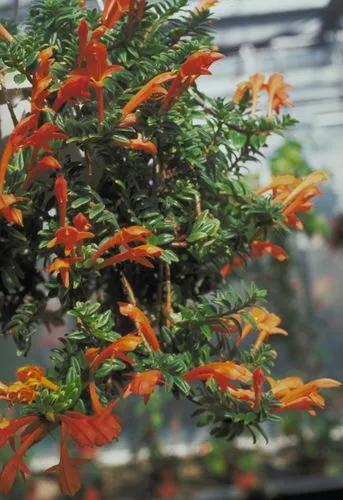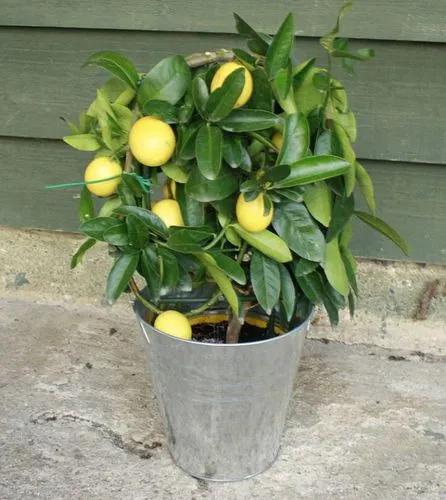Juniperus formosana, the Formosan juniper, is a species of conifer in the family Cupressaceae. It is a shrub or tree to 15 m (49 ft) tall, found in China (from Tibet in the west to Zhejiang in the east) and in Taiwan.
Juniperus Communis Care
Juniperus Formosana



How to Care for the Plant

Water

Water newly planted junipers twice a week when there is no rainfall for the first two months. Junipers need weekly watering for the first summer to develop an extensive root system. After the first summer, most junipers can rely on natural rainfall and fog for moisture.

Pruning

Junipers do not respond well to severe pruning. New growth does not grow on old juniper wood, so do not cut the branches back to bare wood. The best way to size junipers is to choose a plant that fits the space when mature. The main pruning for junipers is the removal of dead branches and needles from the underside of the plant to improve air circulation through the branches.

Fertilizer

Fertilize the juniper annually in early spring with a complete, slow-release fertilizer with a formulation such as 12-4-8 or 16-4-8. Spread the fertilizer evenly around the juniper at a rate of 1/2 pound per 100 square feet just before it rains or water it thoroughly after applying the fertilizer.

Sunlight

Plant juniper shrubs in a location with full sun or light shade. When they get too much shade, the branches spread apart in an effort to let more sunlight in, and the damage to their shape can't be repaired.

Soil

An easily grown plant, it succeeds in hot dry soils and in poor soils. Succeeds in most soils so long as they are well drained[186], preferring a neutral or slightly alkaline soil

Temperature

At their maximum, common junipers can withstand winter temperatures as low as -45 degrees Celsius (or -49 degrees Fahrenheit), and may frequently experience summer temperatures as high as 30 degrees Celsius (or 80 degrees Fahrenheit)

Container

Perfect as a specimen plant, for foundation plantings, rock gardens, or containers.

Additional

The common juniper, Juniperus communis, is the variety most often used to make gin, medicines, and food dishes, as it is considered safe for human consumption.

Popularity

37 people already have this plant 7 people have added this plant to their wishlists
Discover more plants with the list below
Popular articles






